INNOCN 27-inch QHD & G-Sync Supported Computer Monitor Review: Amazingly versatile
5 min. read
Published on
Read our disclosure page to find out how can you help Windows Report sustain the editorial team. Read more
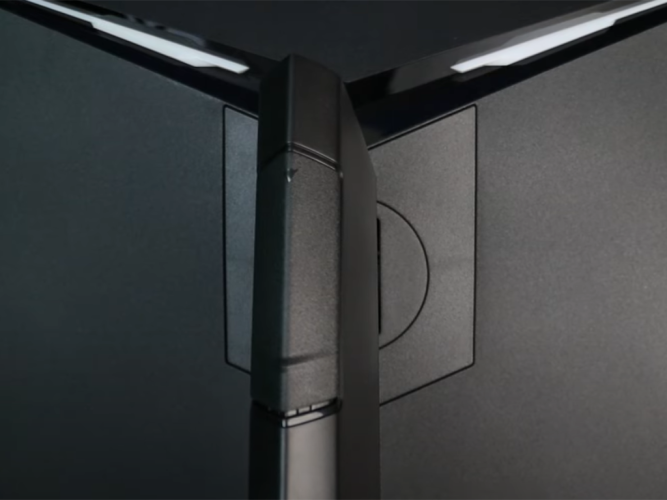
Starting at $469
As of today, INNOCN is relatively unknown brand to many. Perhaps, for gamers and artists in the “known” the INNCON brand resonates but for most, it’s seemingly another random monitor manufacturer who just might be able to pull an Insignia or Vizio level of brand cache with products such as the INNOCN 27G1S.
OnMSFT got a review sample of the INNOCN 27GS1 which boasts both HDR and G-SYNC out of the box at QHD 1440P resolution and a 240Hz refresh rate panel for around $469.
| Size | 27″ |
| Resolution | 2560 x 1440p |
| Refresh Rate | 240Hz |
| Panel Type | VA |
| Aspect Ratio | 16:9 |
| Contrast Ratio | 2500:1 (Typ) |
| Color Gamut | 99% sRGB |
| Colors | 16.7M |
| HDR | HDR10 |
| Response Time | 1ms |
| Connectivity | HDMI 2.1 (2) + DisplayPort 1.4 (2) |
| GamePlus | Yes |
| Stand | Height / Titl / Swivel / Pivot Adjustable |
| VESA Support | Yes (75*75mm) |
| PIP/PBP | Yes |
| Weight | 9.35lb without stand, 12.87lbs with stand |
Look and Feel
The INNOCN 27G1S is instantly recognizable among a sea of black gaming monitors with its distinct dual LED back panel adorned with right RGB lighting accents as well as two lit notches that sit at the base of the screen. Predictably, the lights come on when the monitor is in use and power off when it is not, so each gaming or production set gets a little bit of mood lighting out of the box.
The screen of the 27G1S sits in the middle of the standing desk mount and is about 10-inches from the base bottom. The included stand, when attached, allows for a 90-degree pivot for a longer viewing experience, a 5-degree forward tilt and 20-degree backward tilt, as well as a 30-degree swivel to either side.
Aside from enabling a bit of motion for the monitor the stand does triple duty of also servicing as a headset holder with a kickout flap on the back and as cable organizer near the bottom of the device.
Everything except for the RGB accents is plastered in a matte black finish.
Unfortunately, the port design for the 27G1S is frustratingly similar to the rest of the industry where they are tucked up and underneath the base of the monitor, and present a familiar struggle to identify exact selections when the view of the back of the monitor is obstructed.
There is also a tactile power on and power off menu selection toggle on the back of the monitor to help adjust some of the out of the box settings that tend to mute the colors and flatten the range of HDR for the 27G1S. The menu toggle is a bit frustrating due to its sensitivity as well as the it helps navigate the unintuitive settings menu.
Any slight brushes against the toggle will shut down the monitor and the click to select an item is practically identical to the action taken to shut the monitor off.
The bezels surrounding 27G1S are nice and thin, making way for a gorgeous 2560 x 1440 resolute pane with 240Hz refresh rate and 1ms FreeSync and G-Sync support.
Performance
The 27G1S performed as well as other monitors in this class that include Dell’s Alienware AW2723DF Gaming monitor, AOC C27G2Z Curved Frameless, ASUS ROG Swift 360Hz monitor and others. The monitor seamlessly switches between 60, 144, and 240Hz refresh rates depending on the content being displayed with is a nice addition that helps content creators save a bit of time calibrating the monitor for each specific use case.
The Blue Light reduction feature is pretty handy when working or gaming in dimly lit rooms as well as Flicker Free assistance which helps from exhausting a user’s retina over time.
In the box, the 27G1S comes with support for HDMI 2.1 and DisplayPort 1.4 interfacing which helps reduce motion blur as well supporting various versions of Anti-Aliasing in games.
As a moderate gamer, I spent much of my time with productivity and content creation tasks such as podcast recording, video, audio and graphics editing and general Office 365 usage. The 27G1S handled all of the tasks easily and efficiently. The 99-percent sRGB color gamut combined with the high resolution and VA panel for wide viewing angles meant not having to swivel the monitor as much when replicating images during Photoshop or Premiere sessions.
The 27-inch screen and high DPI also meant being able to take advantage of Windows 3 paneled window snapping arrangement and having enough room to read the content of those windows without squinting. As someone who utilizes a single monitor and laptop screen for a dual windowed setup, it’s nice to be able to rely on the 27G1S to match the performance of my laptop’s high end spec display.
Summary
As I mentioned up top, the INNOCN greatest weakness is its branding. When it comes to monitors and other high-end purchases, people tend to support the brands they know will support them if anything goes wrong or they’re looking to upgrade. Right now, INNOCN is relative unknown and someone might need customer support for rare issue, they might find going with a Samsung, Vizio, LG or Sony monitor is just more convenient, despite the 27G1S delivering a feature packed monitor for a competitive price.
Functionally speaking, the 27G1S is sound, I didn’t run into any artifacting while playing visually demanding games, the speakers were good, VESA mounting was pretty straightforward and the design of the monitor was sleek and modern with a few playful accents. Most people couldn’t ask for more from a display package like the 27G1S.
Between the color accuracy, fast refresh panel that automatically switches, almost 2K resolution and HDMI 2.1 support, the 27G1S is a recommend for moderate gamers, content creators and tasks processors alike.



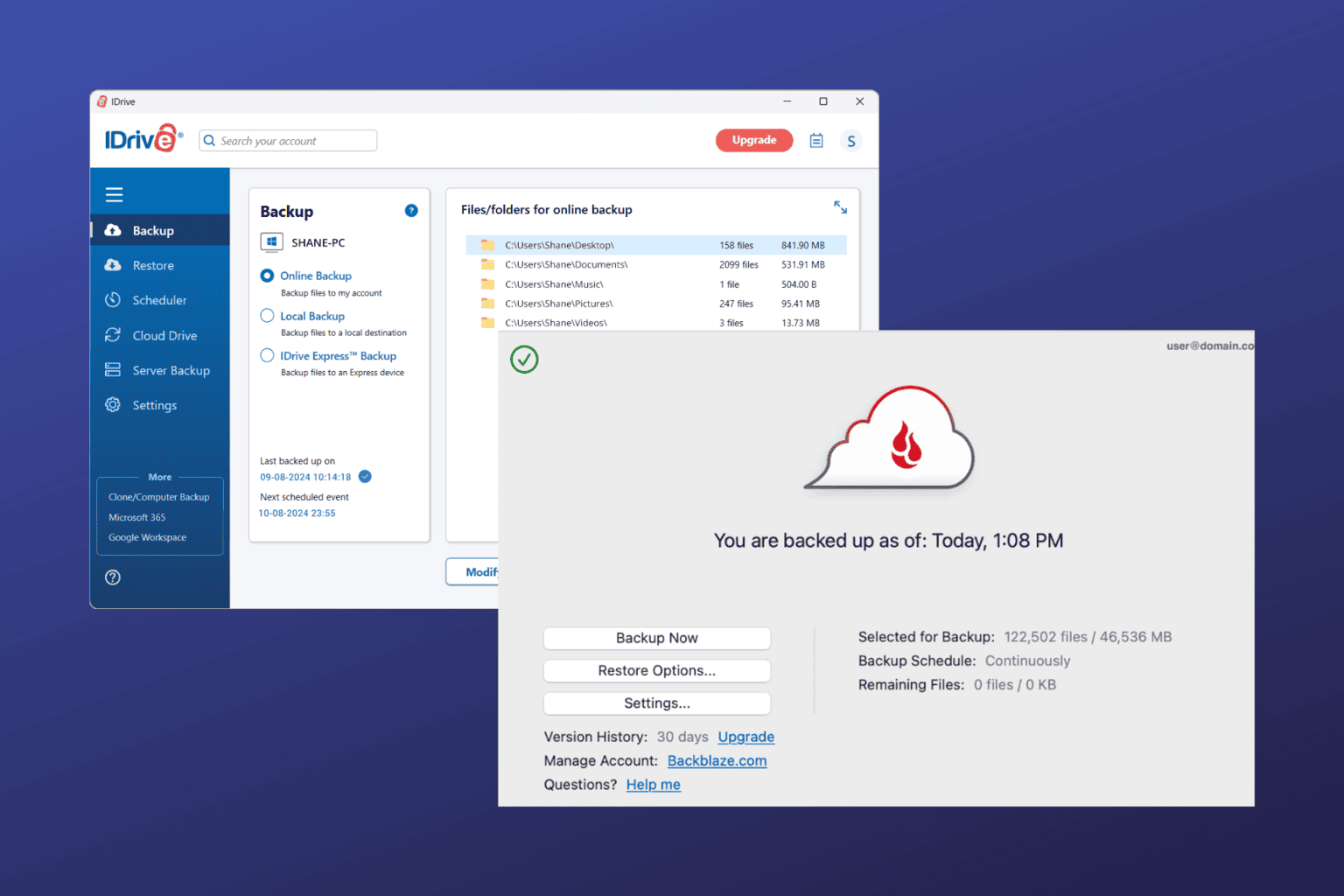
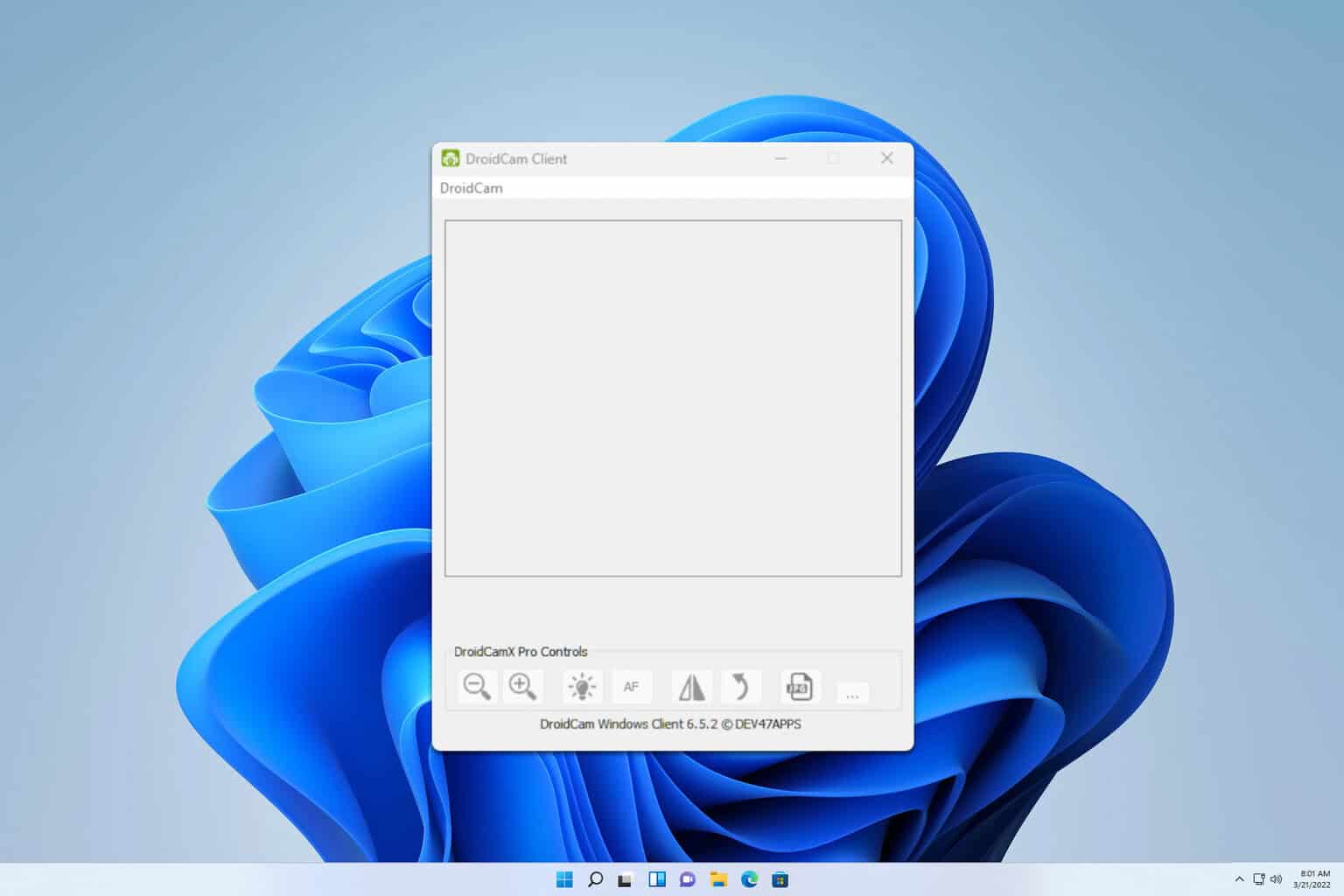
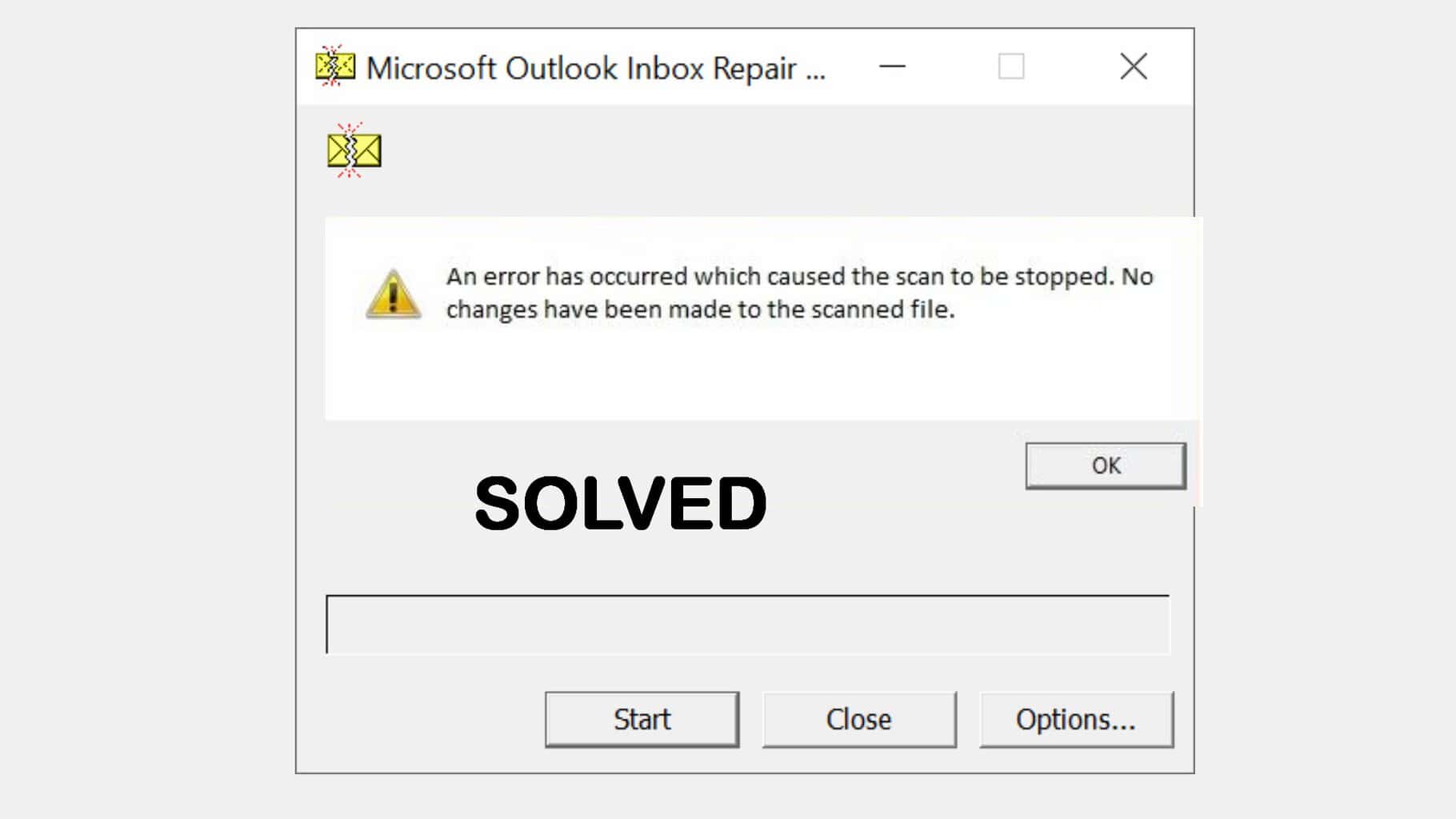
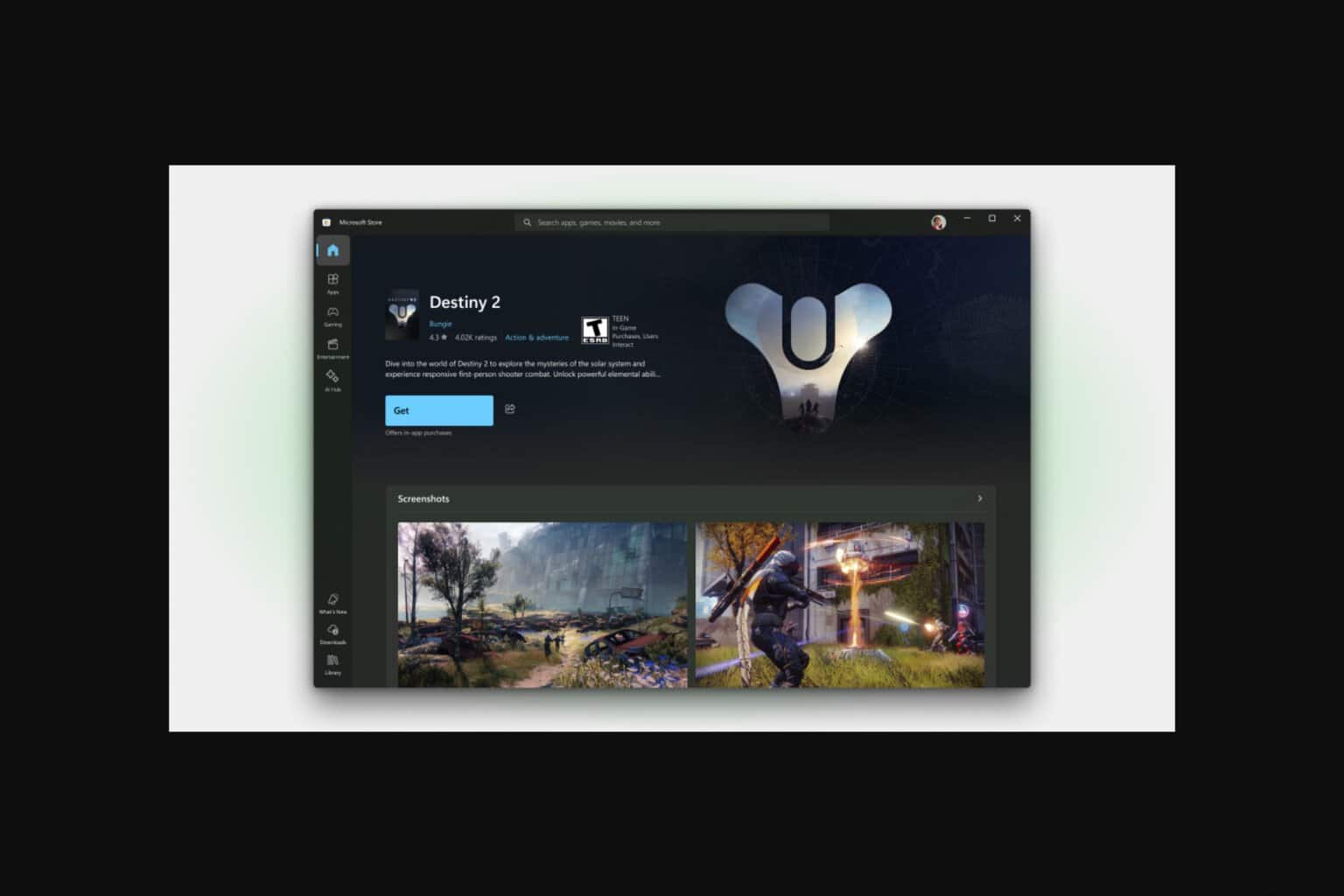

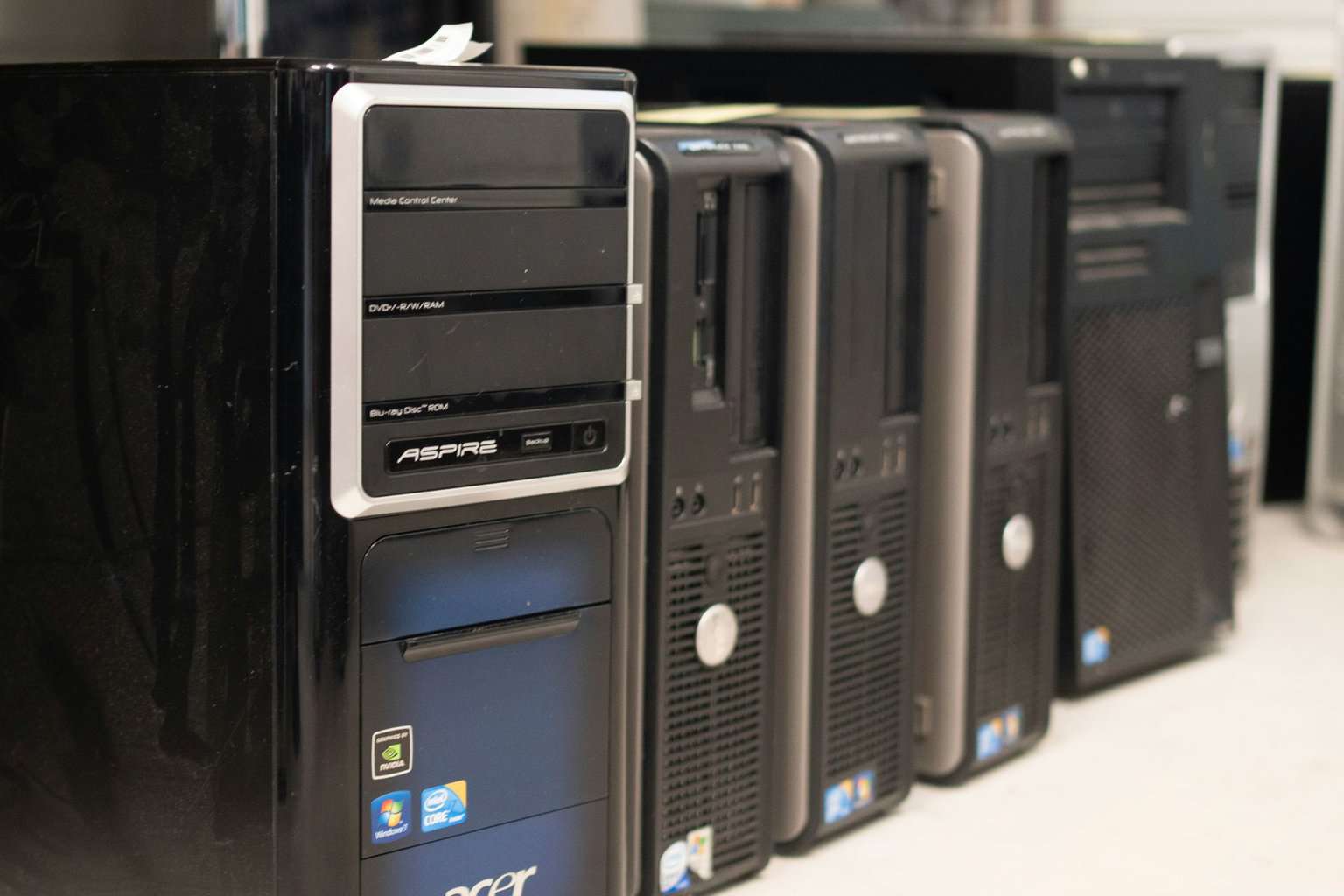
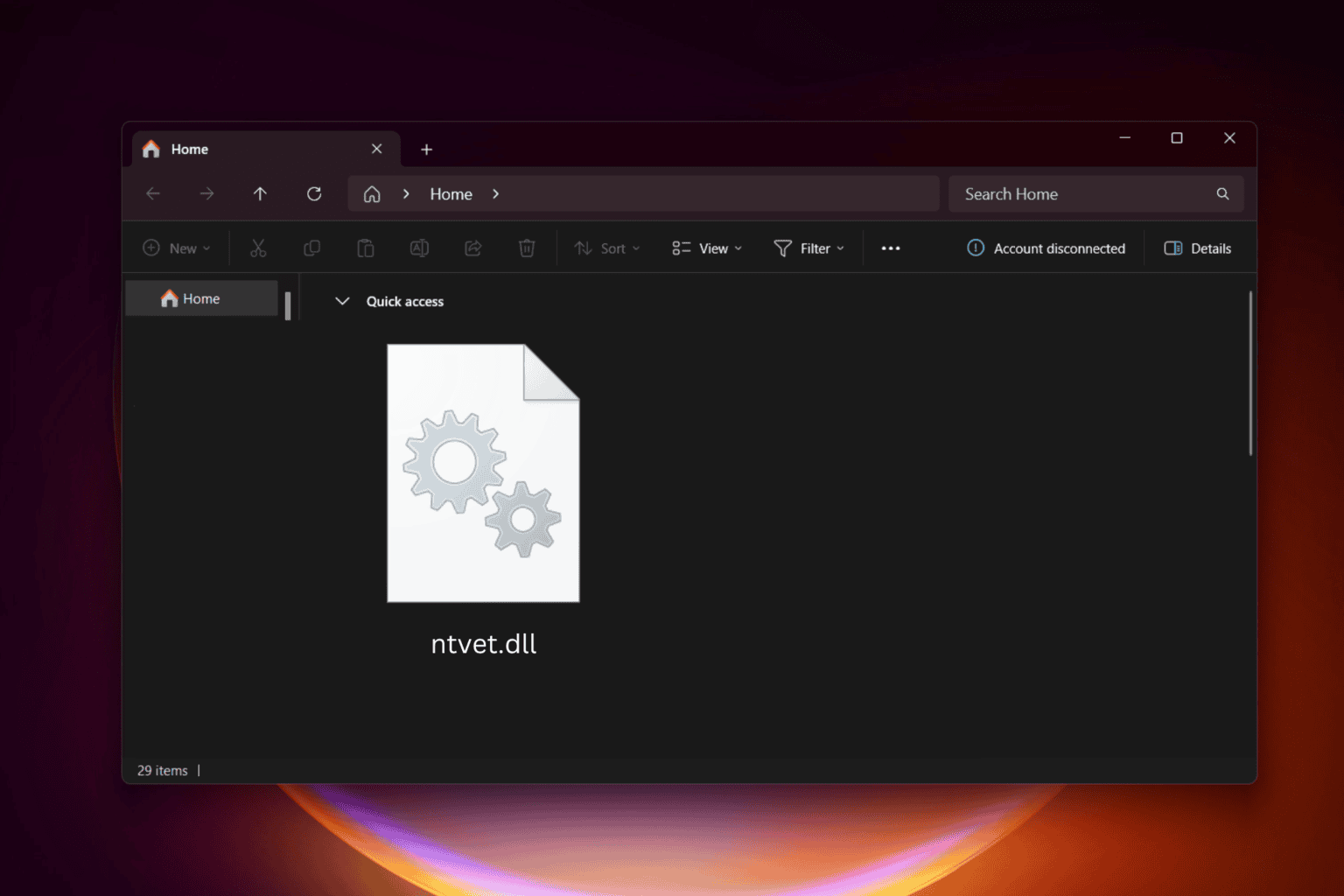
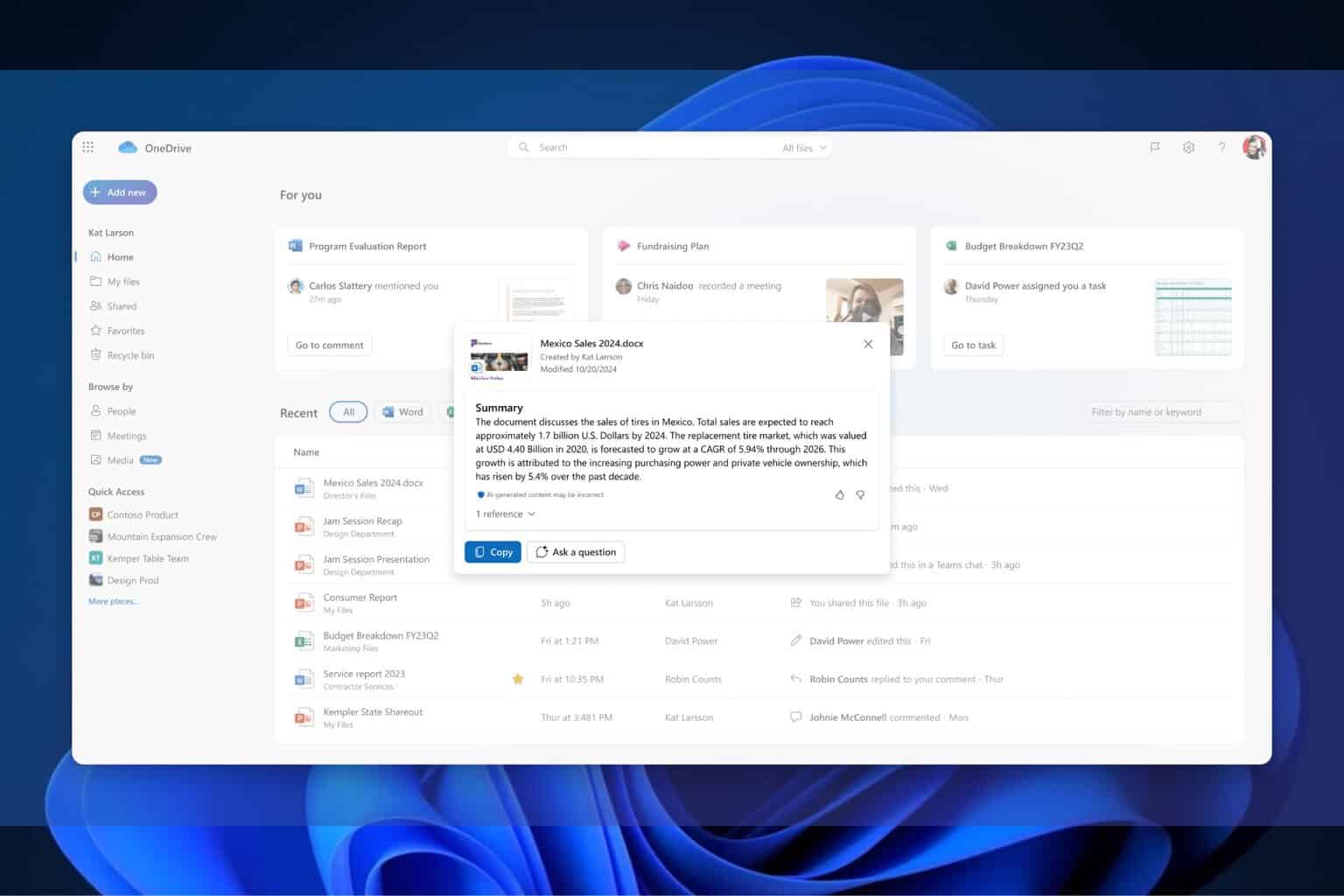
User forum
0 messages